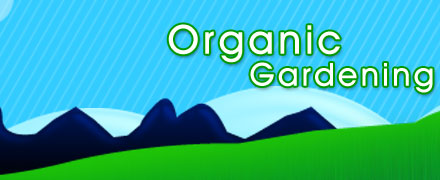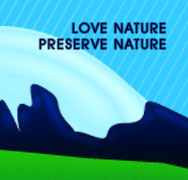Feed your soil with homemade compost and leaf mould.
Keep composting simple. You can simply rake your ingredients into a mound and the ingredients will eventually compost. There are no compost bins on the forest floor!
A garden should appeal to all five senses. Devote space to a vegetable garden, install a birdbath, mix in strongly scented flowers or foliage, and plant tactile specimens like fountain grass.
Learn about the creatures in your garden, don't assume that everything is a pest and remember that the goal of organic growing isn't to be pest free, but to maintain a balance.
Don't spray edible flowers with any form of pesticide: Remember, they are destined to be eaten.
Don't run for a can of pesticide when you could pick off and mash a few harmful insects. A blast of water can strip aphids from your plants. Use pruning shears to remove tent caterpillars.
If the new plants were not in a full-sun location when you bought them, place the containers in an area that receives only partial sunlight for a day or two, and then gradually expose them to increased amounts of direct sun for several days before planting.
A small extension curtain rod makes a good support for tall plants. As the plants grow, the rod can be adjusted so that it is always the right height.
A five percent increase in organic material quadruples the soil's ability to store water. This is a significant amount in hot, dry landscapes.
When landscaping yourself, always start with a small area, and add space and plants as time and money allow. Start close to the house where you can enjoy your progress every day.
If possible, create a pond for wildlife (but don't stock it with fish) this will attract many creatures that are a gardener's friend - frogs, toads, hedgehogs, birds and bats all drink from it or breed in it.
Ivy is one of the easiest, most successful container plants. It can be trained up a topiary, or be left to fall naturally from hanging baskets.










